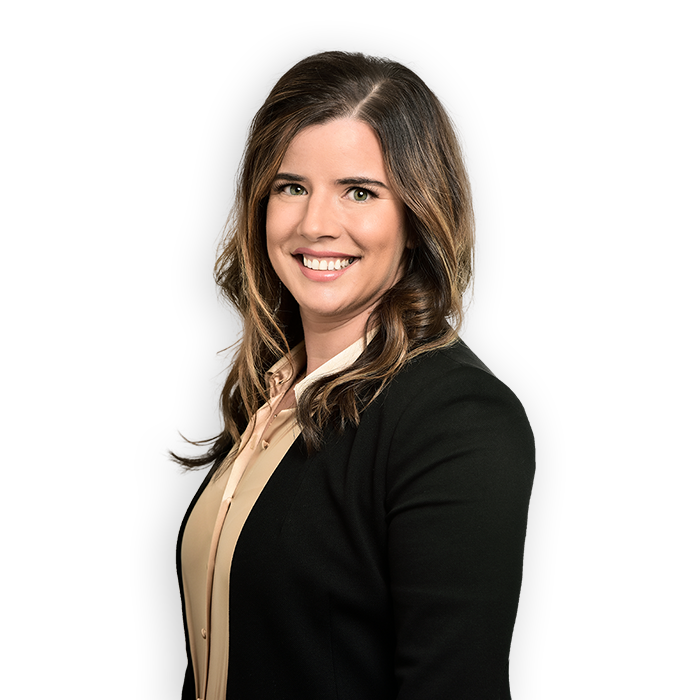New Law Changes Physician Assistant Supervision Requirements Effective January 1, 2020

Senate Bill No. 697 (“SB 697”), a bill that significantly changes supervision requirements for physician assistants (“PAs”) in California, was signed by California Governor Gavin Newsom on October 9, 2019, and goes into effect on January 1, 2020. The most significant changes made by SB 697 include 1. Repealing the requirement for a delegation of services agreement with a named supervising physician, and instead requiring a “practice agreement” with an organized health care system as a whole; 2. Eliminating most previous specific supervision requirements for PAs, and leaving appropriate supervision determinations up to the organized health care system to determine; and 3. Permitting PAs to prescribe drugs without specific physician supervision or physician contact information on the prescription. The net impact of these changes is to increase the independence of PAs and to bring their scope of practice closer to that of nurse practitioners (“NPs”), who have long enjoyed a more independent scope of practice. Hospitals and other providers working with PAs must be ready to implement the new “practice agreements” required by SB 697 starting on January 1, 2020 for any PAs with whom they enter into new agreements.
Replacing Delegation of Services Agreements with Practice Agreements
Under existing law, PAs are required to enter into delegation of services agreements that named “each supervising physician.” Title 16 CCR sec. 1399.540(b). Each PA’s scope of practice is limited by the specific tasks delegated to the PA by his or her delegation of services agreement. Id. See also Bus. & Prof. Code §§ 3501(a)(10), 3502.3. The new law, as amended by SB 697, repeals the requirement for a delegation of services agreement, and replaces it with a “practice agreement” requirement. See Bus & Prof. Code §§ 3501(k), 3502.3, as amended by SB 697 (effective Jan. 1, 2020).
Under the new law, a practice agreement is defined as “the writing, developed through collaboration among one or more physicians and surgeons and one or more physician assistants, that defines the medical services the physician assistant is authorized to perform pursuant to Section 3502 and that grants approval for physicians and surgeons on the staff of an organized health care system to supervise one or more physician assistants in the organized health care system.” Bus & Prof. Code § 3501(k), as amended by SB 697 (effective Jan. 1, 2020). An “organized health care system” is defined to include licensed clinics, outpatient settings, a “health facility” as defined by Health and Safety Code section 1250, a physician’s office, or “any other entity that lawfully provides medical services . . . .” Bus & Prof. Code § 3501(j), as amended by SB 697 (effective Jan. 1, 2020). Further, amended section 3502.3 provides that the practice agreement must be signed by “[o]ne or more physicians and surgeons or a physician and surgeon who is authorized to approve the practice agreement on behalf of the staff of the physicians and surgeons on the staff of an organized health care system.” Bus & Prof. Code § 3502.3(a)(2)(B), as amended by SB 697 (effective Jan. 1, 2020).
Thus, rather than requiring an agreement between a specific PA and specific supervising physician(s), the new law streamlines PA agreements by allowing the same practice agreement to be used for multiple PAs, by not requiring that specific supervising physicians be named, and by not requiring that the agreement be signed by the PA’s supervising physician(s). This should have the effect of greatly simplifying PA practice within health care systems, where PAs often are supervised by multiple physicians, and in the past have been required to enter into delegation of services agreements naming each such physician.
Importantly, the new law does not require that health care systems replace their existing delegation of services agreements with practice agreements. See Bus & Prof. Code § 3502.3(a)(3), as amended by SB 697 (effective Jan. 1, 2020). Instead, practice agreements only are required where new PA agreements are made after January 1, 2020. However, health care systems may nonetheless want to consider replacing all of their existing delegation of services agreements with PA agreements for the reasons mentioned above, as well as to avoid having different types of agreements for PAs within the same health care system based solely upon the date when the PA agreement was drafted.
Eliminating Specific Supervision Requirements
Current law requires that physicians supervise PAs in one of the four following ways:
(1) Examination of the patient by a supervising physician the same day as care is given by the physician assistant;
(2) Countersignature and dating of all medical records written by the physician assistant within thirty (30) days that the care was given by the physician assistant;
(3) . . . [A]dopt[ing] protocols to govern the performance of a physician assistant for some or all tasks. . . . Protocols shall be developed by the physician, adopted from, or referenced to, texts or other sources. Protocols shall be signed and dated by the supervising physician and the physician assistant. . . . ;
(4) Other mechanisms approved in advance by the board.
16 CCR § 1399.545(e). For those PAs who are supervised via protocols (option (3), above), the Business and Professions Code requires that one or more of the following mechanisms be used to ensure proper supervision of the PA:
(i) The supervising physician and surgeon shall review, countersign, and date a sample consisting of, at a minimum, 5 percent of the medical records of patients treated by the physician assistant functioning under the protocols within 30 days of the date of treatment by the physician assistant.
(ii) The supervising physician and surgeon and physician assistant shall conduct a medical records review meeting at least once a month during at least 10 months of the year. . . .
(iii) The supervising physician and surgeon shall review a sample of at least 10 medical records per month, at least 10 months during the year, using a combination of the countersignature mechanism described in clause (i) and the medical records review meeting mechanism described in clause (ii). . . .
Bus. & Prof. Code § 3502(a)(2)(A).
The new law eliminates these requirements. Instead, it provides, “Supervision, as defined in this subdivision, shall not be construed to require the physical presence of the physician, but does require the following: (A) Adherence to adequate supervision as agreed to in the practice agreement. (B) The physician and surgeon being available by telephone or other electronic communication method at the time the PA examines the patient.” Bus. & Prof. Code § 3501(f)(1), as amended by SB 697 (effective Jan. 1, 2020).
The new law further provides that “Nothing in regulations shall require that a physician and surgeon review or countersign a medical record of a patient treated by a physician assistant, unless required by the practice agreement.” Bus. & Prof. Code § 3502(c), as amended by SB 697 (effective Jan. 1, 2020). To this end, amended section 3502.3 of the Business and Professions Code provides that the practice agreement must address “Policies and procedures to ensure adequate supervision of the physician assistant, including, but not limited to, appropriate communication, availability, consultations, and referrals between a physician and surgeon and the physician assistant in the provision of medical services.” Bus. & Prof. Code § 3502.3(a)(1)(B), as amended by SB 697 (effective Jan. 1, 2020).
Together, these new provisions amount to major changes that will allow health care systems much more flexibility in determining how PAs will be supervised at their organization. Rather than PAs and physicians being limited to one of four specified modes of supervision in existing law, each health care system will be free to craft a unique structure for PA supervision that makes the most sense in the context of the organization (provided it complies with the supervision requirements contained in the amended law). This brings PA practice much closer to the practice of nurse practitioners (“NPs”), whose supervision is determined by standardized procedures developed by each individual health care system.
Expanding PA Prescription Authority
Finally, SB 697 expands the prescription authority of PAs by eliminating specific physician supervision requirements and by eliminating the requirement that the supervising physician’s name and contact information appear on prescriptions of a PA. See Bus. & Prof. Code § 3502.1, as amended by SB 697 (effective Jan. 1, 2020). Instead, the practice agreement should set forth the supervision to be provided to the PA in prescribing drugs, though a supervising physician must “be available by telephone or other electronic communication method at the time the PA examines the patient.” Bus. & Prof. Code § 3502.1(c)(2).
As with the changes above, this change brings PA practice closer to that of NPs, who may furnish and order drugs and devised pursuant to standardized procedures. See Bus. & Prof. Code § 2836.1.
*****
For further information, please contact Ross Campbell, Ruby Wood, Harry Shulman, or Andrea Frey in our San Francisco office; Larry Getzoff or Sansan Lin in our Los Angeles office; or Jennifer Hansen in our San Diego office, or your regular Hooper, Lundy & Bookman contact.



